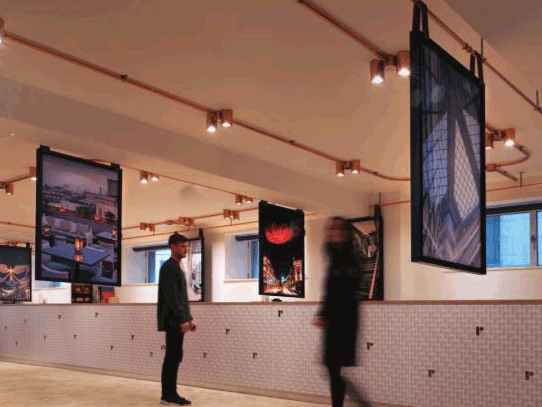
Wellness Together is a syndicated research project carried out by Sapio Research, of 1000 UK based office workers and 50 Facilities Management experts, to uncover the link between people feeling catered and cared for by their workplace/employers and h ow this impacts business performance.
FUTURE Designs, one of six companies who commissioned the research project to explore the relationship between lighting design, wellness at work and the impact that this may have on productivity and profitability.
From the findings it transpired companies that recently adopted tunable WHITE lighting on average have a gross profit margin that is 39% higher than those without. (i.e. An uplift of 39%, so if the average profit margin of respondents is 28.1%, those with tonal changing lights have an average of 39.1% profit, i.e. 11% higher profit).
Lighting and Wellness
· Harsh or overly bright lighting is considered a far greater distraction for employees than lower output soft or diffused lighting, in fact it is the third biggest form of extreme distraction mentioned by a third of employees.
· Areas that are underlit is the twelfth biggest distraction (22%).
· Facilities Management (FM) are in agreement with employees regarding the level of distraction accounted for by harsh light, however they consider that underlit areas are a much bigger distraction than employees (28% FM vs 19% employees).
Currently lighting systems that have the ability to change their colour tone as the day progresses are the least common feature in an office, with only 7% of organisations having them. It is however the top characteristic of the more profitable organisations so it is arguable that if there is one change you should consider to improve profitability it is changing the lighting. Tunable lighting can be programmed to recreate the colours of natural daylight throughout the day. For workers with little exposure to natural light, this can improve health and well-being.
Lighting systems that adapt their colour tone as the day progresses feature in some of the most productive companies, and those that consider themselves to be highly innovative or creative.
· 16% of highly innovative or creative companies have tunable lighting,
· Only 5% of the less innovative or creative companies have tunable lighting
· They are also a characteristic of the most productive companies (i.e. score 7 or 6 out of 7point scale)
· 12% of highly productive companies have these facilities while only 5% of the less productive do.
David Clements, Managing Director of FUTURE Designs highlights the significance of this:
“Lighting that is responsive to circadian rhythms is the next major innovation in lighting technology, and we will begin to see its wider adoption across all sectors where people work, socialize and meet over the coming years”.
Focusing specifically on the characteristics that differentiate high and low profitability companies the study identified a positive link with wellness. These companies have mentally and physically fit staff; the kind of culture that embraces noise, social interaction and movement and importantly lights that change their tone during the day.
The project was commissioned by leading companies in these specialist sectors: FUTURE Designs, BDG architecture + design, Bisley, Hoare Lea, Humanscale and Woven Image.




